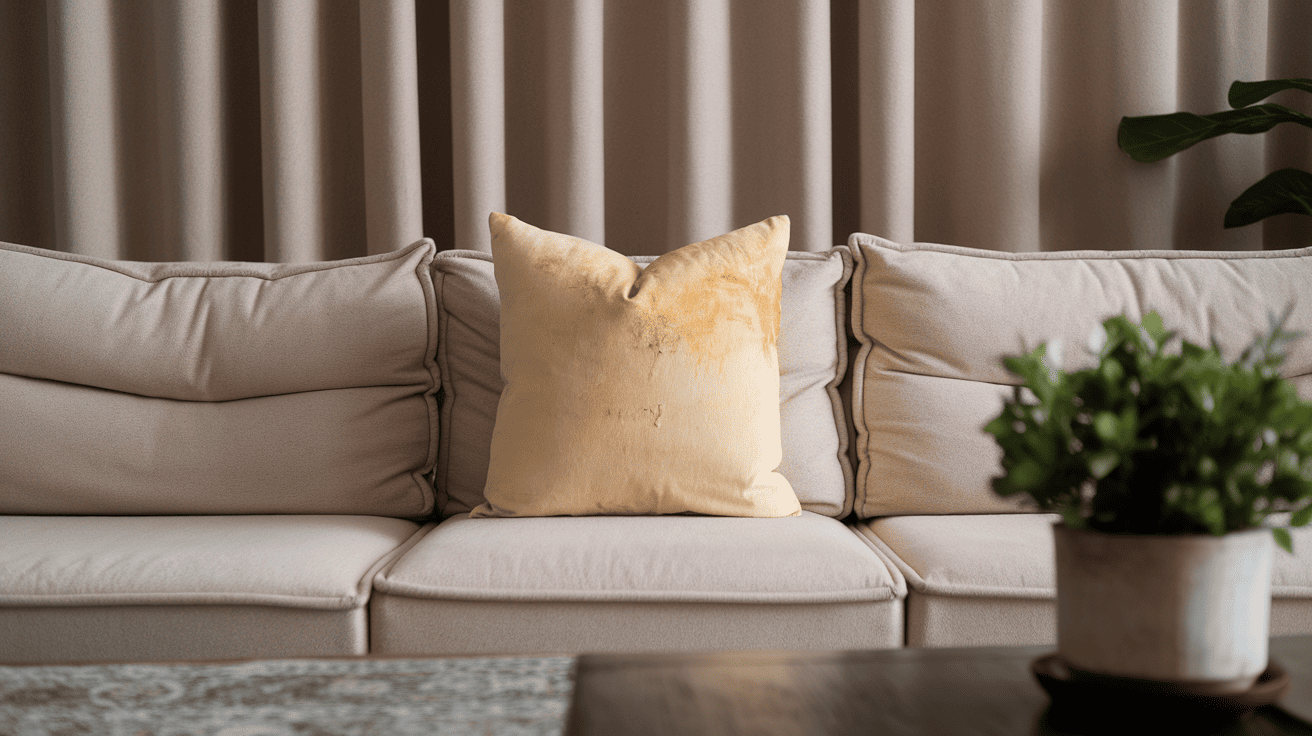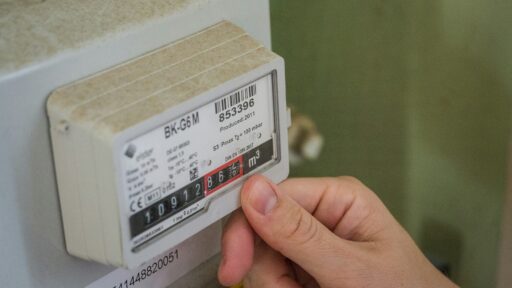Have you ever noticed your once-white pillows slowly turning an embarrassing shade of yellow? If you’re wondering, “why do pillows turn yellow,” you’re not alone.
This common problem affects everyone, no matter how clean you keep your bedroom.
The good news is that yellow pillows aren’t a sign of poor hygiene or cheap quality. Instead, it’s a natural process that happens to all pillows over time.
Understanding what causes these stains and how to prevent them can help you keep your pillows looking fresh and extend their lifespan.
Let’s find out the reasons behind pillow discoloration and learn practical solutions to keep your sleep sanctuary clean and comfortable.
Understanding Yellow Stains on a Pillow
Those yellow stains on your pillow aren’t as mysterious as they might seem. What you’re looking at are mainly protein stains that come from your body’s natural oils and sweat.
Every night, while you sleep, your skin releases these substances, and they slowly soak into the fabric of your pillow.
Over time, these proteins react with oxygen in the air, causing them to turn yellow through a process called oxidation.
Bacteria also play a role by breaking down these proteins, which creates additional discoloration.
Fresh stains might appear light or barely visible, but old stains become much darker and more noticeable. The longer these stains sit without being cleaned, the deeper yellow they become and the harder they are to remove.
Why Do Pillows Turn Yellow?
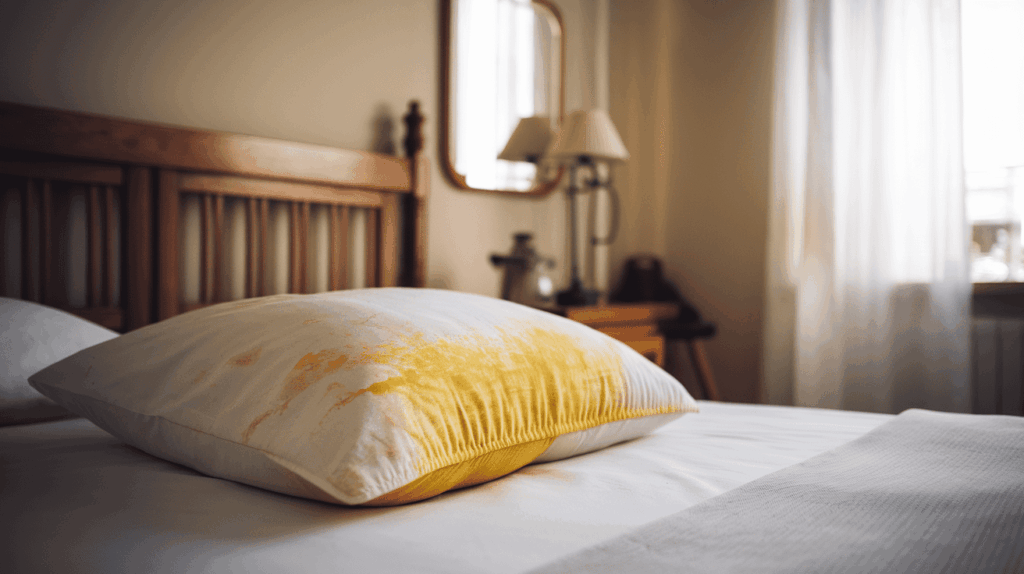
Pillows turn yellow due to several natural causes that happen during normal sleep. Your body naturally produces sweat and oils that transfer to your pillow each night.
When moisture and humidity get trapped in the pillow, it creates the perfect environment for yellowing and even mildew growth.
Saliva from drooling, tiny dead skin cells that shed while you sleep, and dust from the air all add to the discoloration process.
Most pillow materials, like cotton, memory foam, and synthetic fills, are affected by these natural processes. Many people think yellow pillows mean poor quality or dirt, but this isn’t true.
Even expensive, high-quality pillows will turn yellow over time because it’s a completely normal result of regular use and your body’s natural functions.
How to Prevent Pillows from Turning Yellow
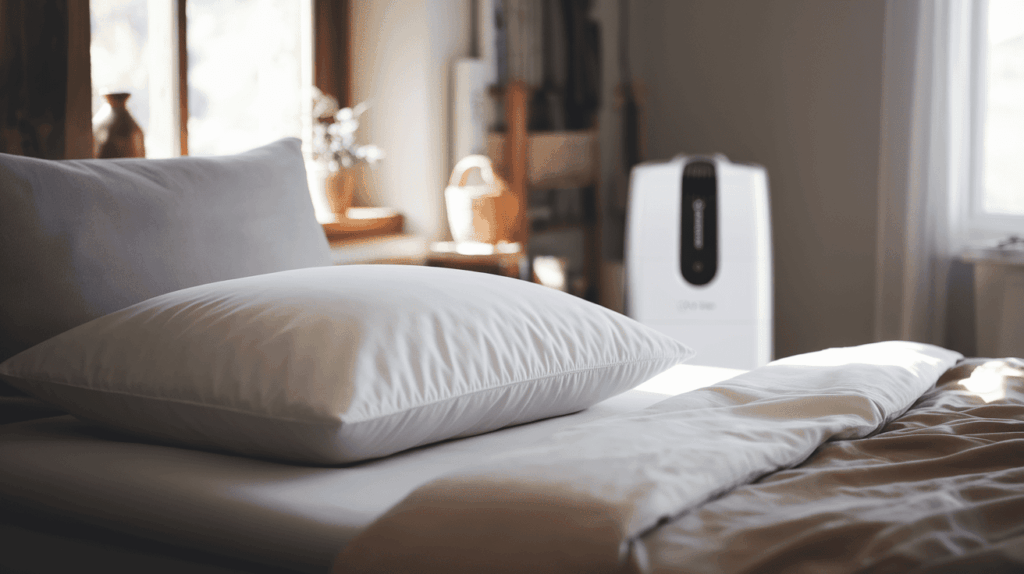
The best way to keep your pillows looking fresh is to stop stains before they start. By making small changes to your daily routine and bedroom setup, you can greatly reduce yellowing and extend your pillow’s life.
Daily Habits to Minimize Stains
The most effective way to protect your pillows is to use pillow protectors under your regular pillowcases. Choose breathable fabrics like cotton or bamboo that allow air to flow while blocking sweat and oils.
Wash your pillowcases and protectors every week in hot water to remove buildup. Before bed, wash your face to remove oils and makeup, and avoid using heavy hair products that can transfer to your pillow during sleep.
Environmental Tips
Your bedroom environment plays a significant role in preventing pillow stains. Here are simple ways to create better conditions:
- Use hypoallergenic pillow covers that resist bacteria and dust mites.
- Keep your bedroom humidity between 30-50% using a dehumidifier if needed.
- Replace old pillows every 1-2 years to maintain freshness.
- Avoid sleeping when you’re sweating from exercise or illness.
- Always dry your hair completely before going to bed to avoid moisture buildup.
Following these simple steps will help your pillows stay cleaner and whiter for a much longer period. Prevention is always easier and cheaper than trying to remove stubborn yellow stains later.
Cleaning Methods for Yellow Stains on Pillows
Don’t throw away your yellow pillows just yet. With the right cleaning methods, you can often restore them to their original whiteness and freshness.
1. Washing Pillows at Home
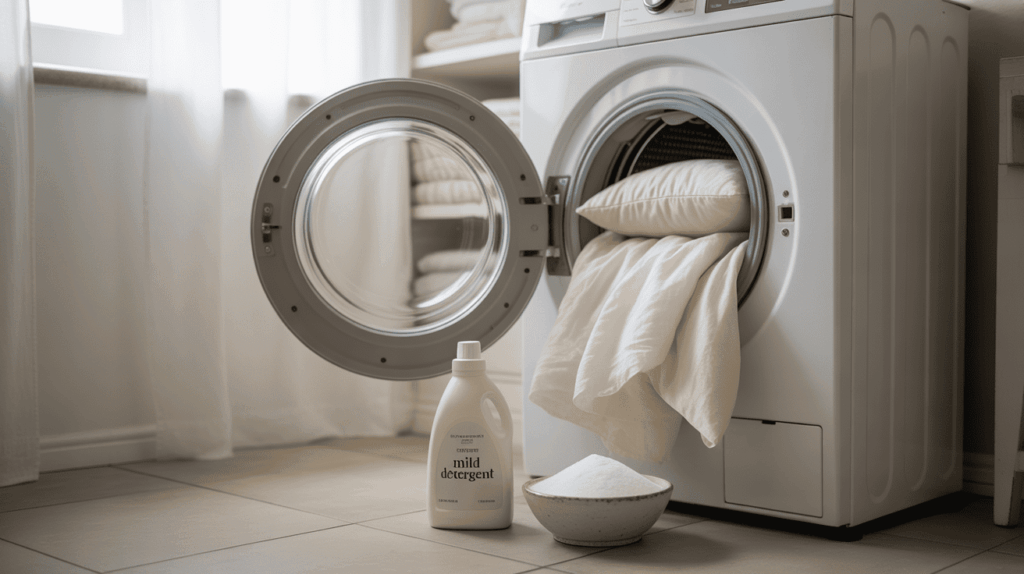
Most pillows can be machine washed on a gentle cycle with warm water. Use mild detergent and add half a cup of baking soda for extra cleaning power. For tough stains, pre-treat with white vinegar or hydrogen peroxide.
Memory foam pillows should be spot cleaned only, while down and synthetic pillows can go in the washing machine. Always check the care label first and dry pillows completely to prevent mold growth.
2. Spot Cleaning for Persistent Yellow Stains
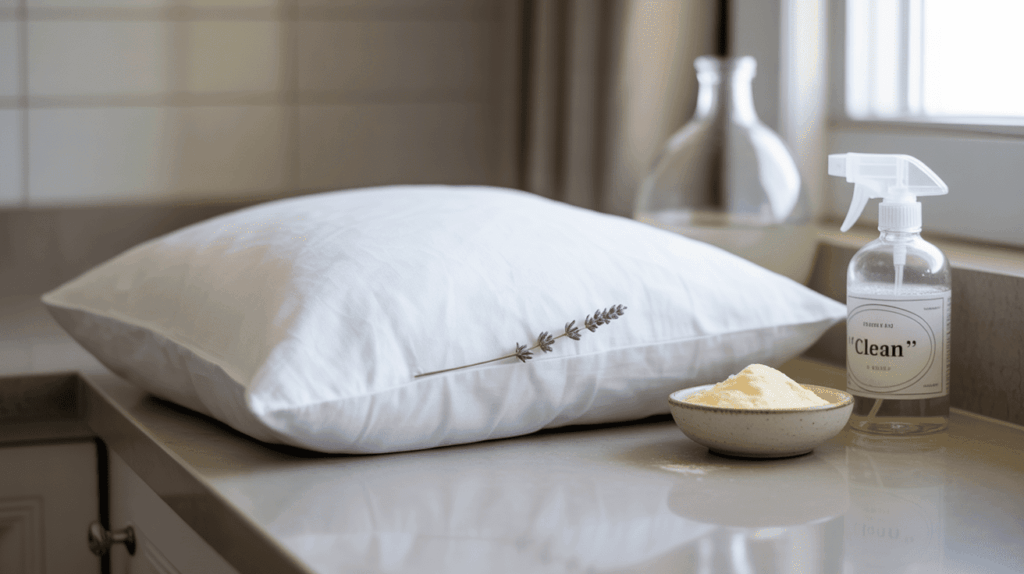
For stubborn stains, mix equal parts water and white vinegar in a spray bottle. Spray the yellow areas and let sit for 30 minutes before blotting with a clean cloth.
You can also make a paste with baking soda and water, apply it to stains, and vacuum after it dries. Commercial enzyme cleaners are also effective, but natural solutions are gentler and safer for regular use.
3. When to Replace Your Pillow
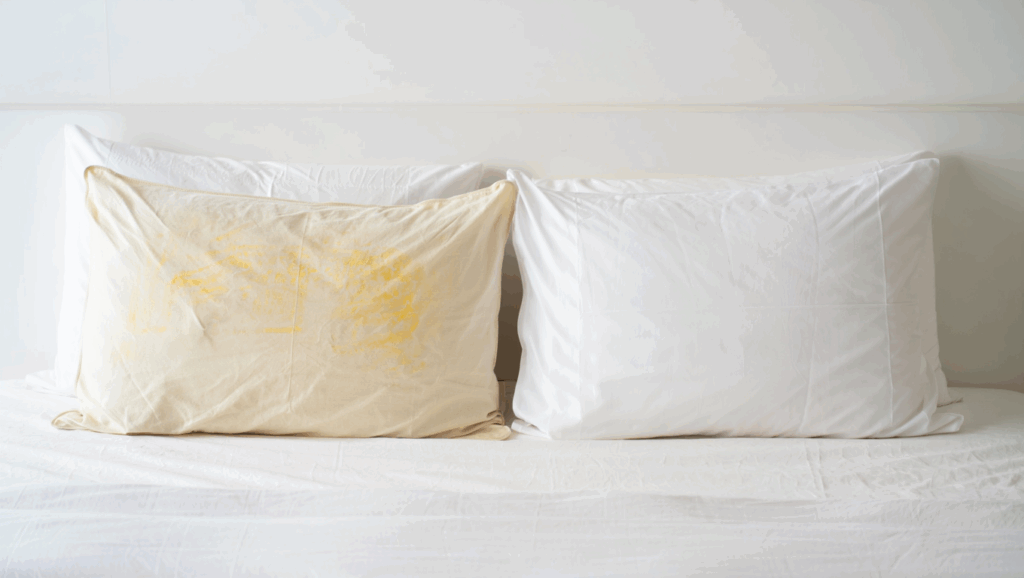
If stains won’t come out after multiple cleaning attempts, it’s time for a new pillow. Other signs include lumpy filling, bad smells that won’t go away, or pillows that no longer provide proper support.
Generally, replace pillows every 1-2 years for good hygiene. Remember, a clean pillow is important for healthy sleep and preventing skin problems or allergies from developing over time.
Are Yellow Pillow Stains Really Harmful?
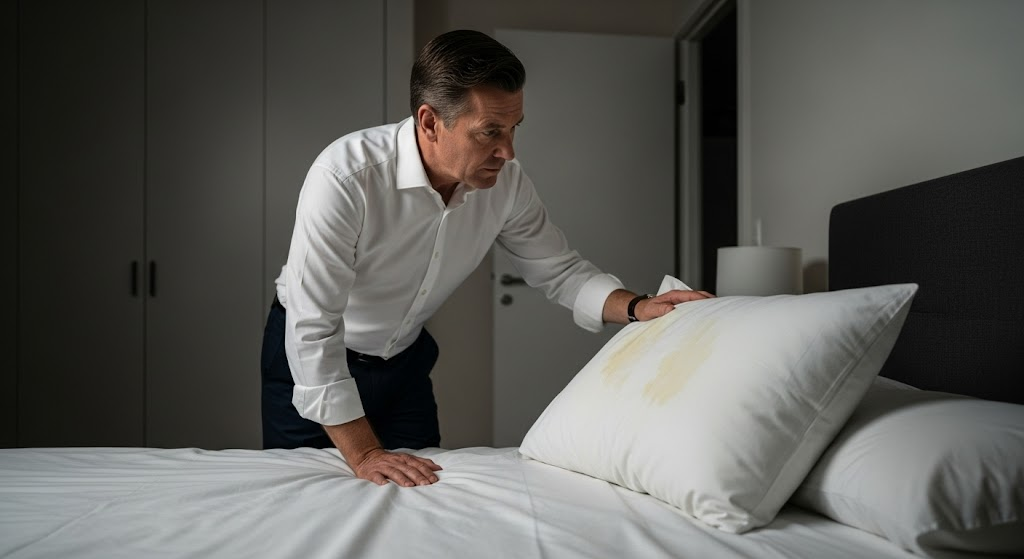
Yellow pillow stains themselves aren’t dangerous, but they can create health problems over time. The buildup of sweat, oils, and dead skin cells provides food for bacteria, dust mites, and fungi to grow.
This can trigger allergies, asthma, or skin irritation, especially for people with sensitive skin.
Sleeping on heavily stained pillows might cause breakouts, rashes, or worsen existing skin conditions.
The moisture trapped in yellow stains can also lead to mold and mildew, which release allergens into the air you breathe at night.
While occasional light staining is normal, pillows with heavy yellow discoloration should be cleaned or replaced to maintain good health and sleep quality.
Tips to Keep Your Pillows Fresh and White
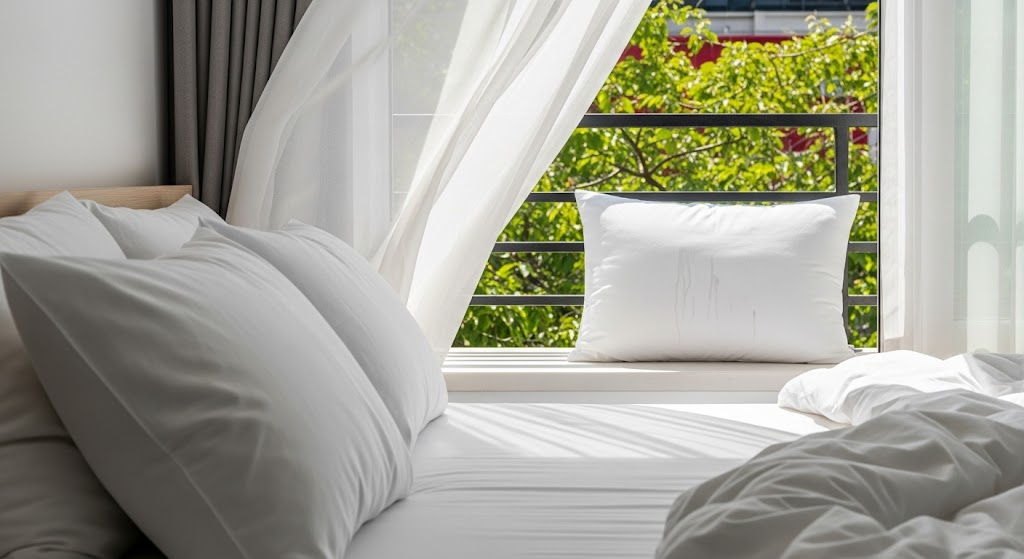
Keeping your pillows looking new doesn’t have to be a difficult task. These simple tips will help you maintain fresh, white pillows for years to come.
- Use waterproof pillow protectors to block sweat and oils.
- Choose cotton or bamboo pillowcases for better breathability.
- Air dry pillows outside instead of using the dryer.
- Place pillows in direct sunlight to naturally bleach them.
- Fluff and rotate pillows weekly to prevent moisture buildup.
These easy steps will help you save money and maintain a cleaner, healthier sleep environment. Fresh pillows mean better sleep and fewer worries about stains and odors.
Summing It Up
Now you know exactly why do pillows turn yellow and what you can do about it. These stains are simply part of normal sleep, caused by your body’s natural oils, sweat, and other factors.
The key is prevention through regular cleaning, using pillow protectors, and maintaining good bedroom conditions.
When stains do appear, you have plenty of cleaning options to try before replacing your pillows.
Remember, fresh pillows aren’t just about appearance; they’re also important for your health and sleep quality. With these tips, you can keep your pillows looking white and feeling comfortable for years to come.
Check out our blogs in Home Maintenance section for smart solutions to protect your home.


